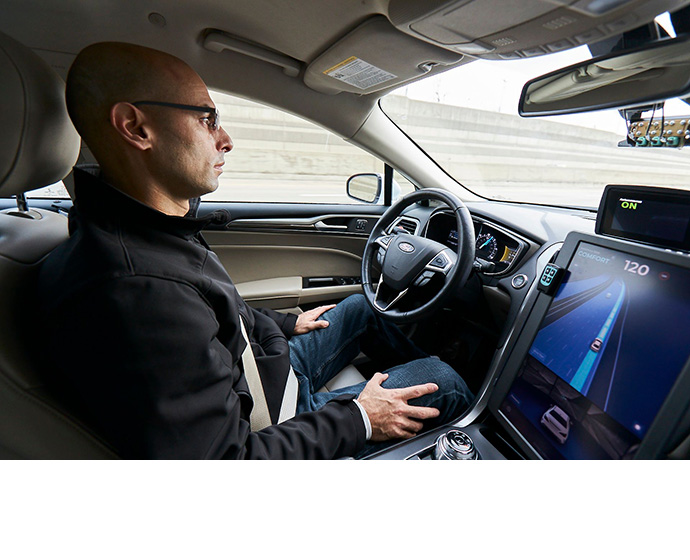Intel and Mobileyehave set an ambtious goal — autonomous cars everywhere, for everyone.

Autonomous cars have been a super hot topic at CES 2021, with dozens of companies introducing their solution. Mobileye, an Intel Company, previewed its strategy and technology that will enable autonomous vehicles (AV) to fulfill their promise globally. During two sessions at this week’s Consumer Electronics Show, Mobileye president and chief executive officer Amnon Shashua explained how Mobileye is set up to win globally in the AV industry.
“The backing of Intel and the trinity of our approach means that Mobileye can scale at an unprecedented manner,” Shashua said. “From the beginning, every part of our plan aims for rapid geographic and economic scalability – and today’s news shows how our innovations are enabling us to execute on that strategy.”
The Mobileye Trinity
In describing the trinity of the Mobileye approach, Shashua discussed the importance of delivering a sensing solution that is orders of magnitude more capable than human drivers. He will describe how Mobileye’s technology – including Road Experience Management (REM) mapping technology, rules-based Responsibility-Sensitive Safety (RSS) driving policy and two separate, truly redundant sensing subsystems based on world-leading camera, radar and lidar technology – combine to deliver such a solution.
Mobileye’s approach solves the scale challenge from both a technology and business perspective. Getting the technology down to an affordable cost in line with the market for future AVs is crucial to enabling global proliferation.
Mobileye’s solution starts with the inexpensive camera as the primary sensor combined with a secondary, truly redundant sensing system enabling safety-critical performance that is at least three orders of magnitude safer than humans. Using True Redundancy, Mobileye can validate this level of performance faster and at a lower cost than those who are creating autonomous vehicles with a fused system.
New Radar and Lidar Technology

Shashua explained that the company envisions a future with AVs achieving enhanced radio- and light-based detection-and-ranging sensing, which is key to further raising the bar for road safety. Mobileye and Intel are introducing solutions that will innovatively deliver such advanced capabilities in radar and lidar for AVs while optimizing computing- and cost-efficiencies.
As described in Shashua’s “Under the Hood” session, Mobileye’s software-defined imaging radar technology with 2304 channels, 100DB dynamic range and 40 DBc side lobe level that together enable the radar to build a sensing state good enough for driving policy supporting autonomous driving. With fully digital and state-of-the-art signal processing, different scanning modes, rich raw detections and multi-frame tracking, Mobileye’s software-defined imaging radar represents a paradigm shift in architecture to enable a significant leap in performance.
Shashua also will explain how Intel’s specialized silicon photonics fab is able to put active and passive laser elements on a silicon chip. “This is really game-changing,” Shashua said of the lidar SoC expected in 2025. “And we call this a photonic integrated circuit, PIC. It has 184 vertical lines, and then those vertical lines are moved through optics. Having fabs that are able to do that, that’s very, very rare. So this gives Intel a significant advantage in building these lidars.”
Worldwide Maps Bring Autonomous Vehicles Everywhere
In Monday’s session, Shashua will explain the thinking behind Mobileye’s crowdsourced mapping technology. Mobileye’s unique and unprecedented technology can now map the world automatically with nearly 8 million kilometers tracked daily and nearly 1 billion kilometers completed to date. This mapping process differs from other approaches in its attention to semantic details that are crucial to an AV’s ability to understand and contextualize its environment.
For AVs to realize their life-saving promise, they must proliferate widely and be able to drive almost everywhere. Mobileye’s automated map-making process uses technology deployed on nearly 1 million vehicles already equipped with Mobileye advanced driver-assistance technology.
To demonstrate the scalable benefits of these automatic AV maps, Mobileye will start driving its AVs in four new countries without sending specialized engineers to those new locations. The company will instead send vehicles to local teams that support Mobileye customers. After appropriate training for safety, those vehicles will be able to drive. This approach was used in 2020 to enable AVs to start driving in Munich and Detroit within a few days.











